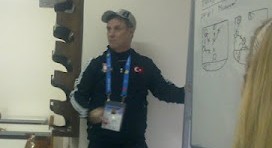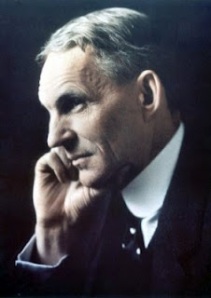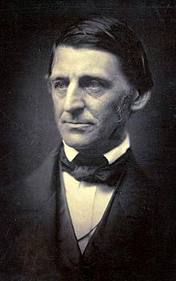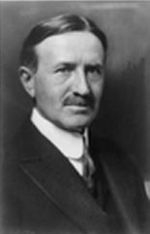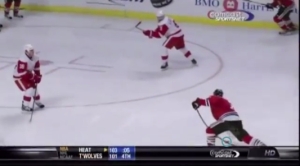Teaching Points:
- Defense Must Skate Backwards
- Do Not Turn Your Back to Play
- See the Players Away from the Puck
- Stick On Ice – Block Passing Lanes
Six Critical Mistakes on Defensive Rush – Japan v. Turkey 2011
Turkey – PR Korea Defensive Read the Rush
In this video the defense communicates 2 times to the forward to pick up man. But the forwards fails to get to middle ice and pick up his man. Forwards need to backcheck between the dots.
-Rosie O’Donnell
-Alex Ferguson
- Follow a training schedule
- Set daily routines for yourself
- Do not let feelings interfere with your consistency
- Keep a record of training sessions
- Keep a journal how you performed
- Set new goals at the end of each day
